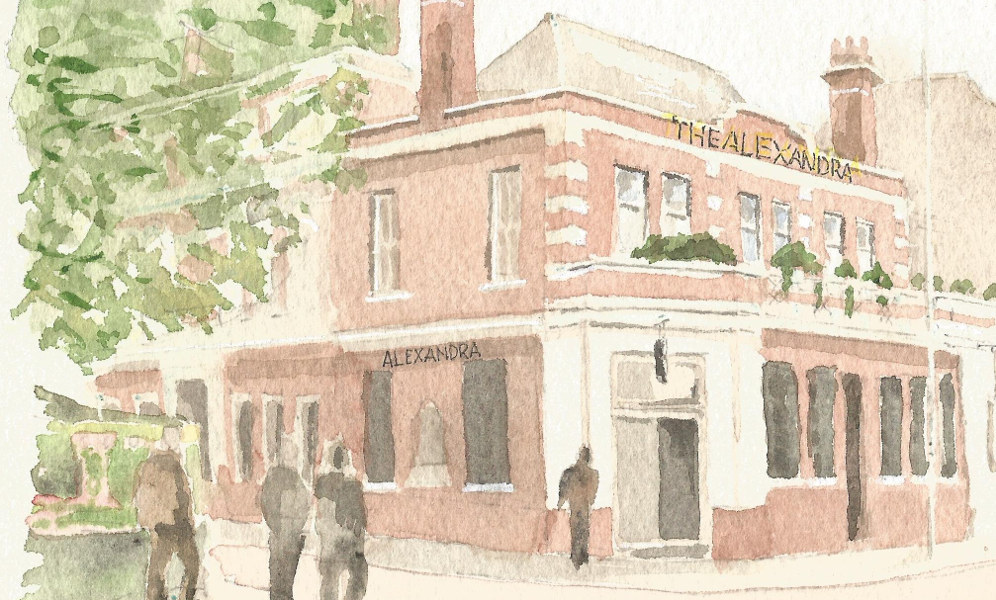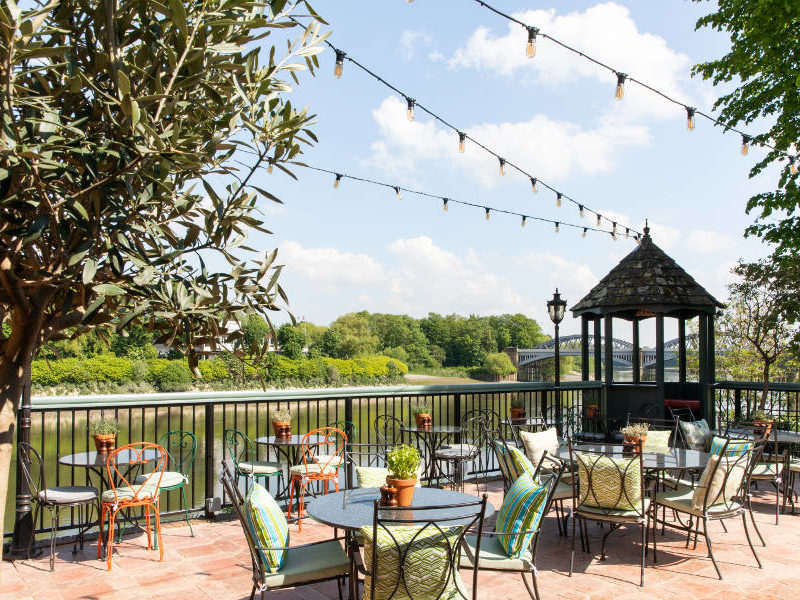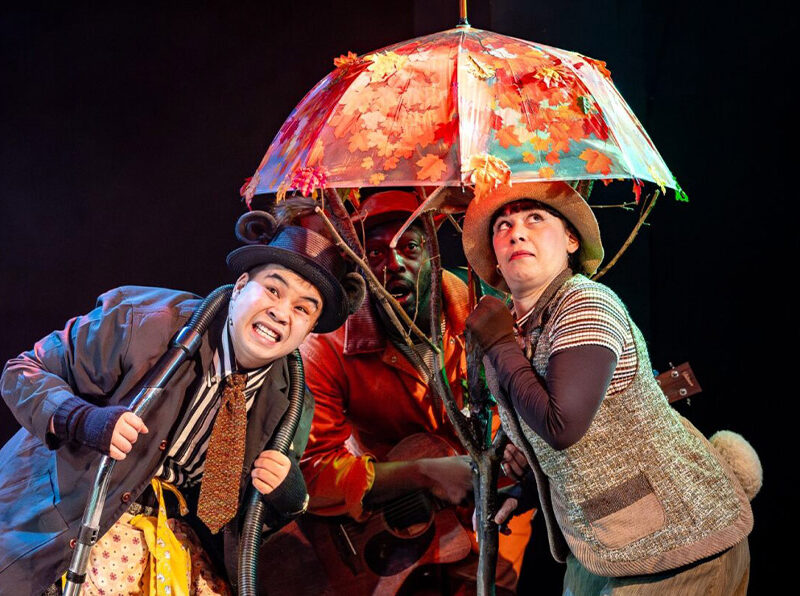
The history of pubs in Wimbledon
The history of pubs in Wimbledon
Clive Whichelow on a nostalgic tour of Wimbledon’s pubs
If you know Wimbledon you will almost certainly know the Alexandra pub at the foot of Wimbledon Hill. It has been something of a local landmark for over 150 years and has been expanded bit by bit over that time, now boasting a roof garden, a wine bar, and a loft bar, but if it hadn’t been for the actions of one man in the 1980s, we wouldn’t have it at all.
In 1984, Merton Council wanted to widen the road and proposed that the Alex should be pulled down, but train driver Jack Sheridean, who had been using the pub since 1948, mounted a campaign and saved it.
Sadly, we have lost several other pubs locally in the past few years. Just down the road from the Alex was the Broadway, which had been there since 1865 before the town was developed and there were still cows grazing in fields nearby! It lasted as a pub until the 1990s when it became bar/restaurant Jim Thompson’s Flaming Wok.
In Plough Lane we have lost the Plough, that had been there since the early 1700s, and after which Plough Lane was named. The King’s Head in Merton High Street was of a similar vintage but sadly closed in 2004.
Another pub, that few remember now, was the Duke of Edinburgh in Kingston Road where the fire station now stands. It was there from 1869 and by the sound of it was a hub of local activity. In 1870 it advertised: The Duke of Edinburgh hotel and tavern, assembly rooms and pleasure grounds. Rooms suitable for Masonic banquets, assemblies, clubs, sales by auction, public meetings and beanfeasts. Cricket, quoits, croquet and bowls, gymnasium, etc, etc. The landlord also laid on music hall entertainment, with singers and comedians.
Unfortunately, the pub was bombed in the Second World War, and although it struggled on for a few more years it finally closed down in the 1950s.
We still have the Prince of Wales though at the top of Hartfield Road which dates back to 1867 and which was once used as an auction house when Wimbledon was being built and local developers were selling off land and then houses. In 1886 houses in nearby Graham Road were selling for £240 – £250 each (even at today’s prices that is only about £32,000).
In the 1970s the pub had its own lunchtime theatre, set up by local actor Michael Robbins, who had found fame in TV sitcom On the Buses. One of the plays performed here was by a budding young writer named Jonathan Lynn who went on to co-write TV sitcom Yes Minister.
Surprisingly, one of the oldest surviving pubs isn’t in the town centre at all, but in Haydon’s Road. The Garden Shed, formerly the Horse and Groom, was there by 1838 and was in fact one of the few buildings in what was mostly farmland. Even the nearby roads such as North Road and South Road were yet to be laid out, and when they were, a few more pubs and beerhouses sprang up! By the 1860s, there were several more watering holes in those roads as well as two more pubs in Haydon’s Road, the British Queen and the Marquis or Lorne, both now sadly gone as have all the others in those backstreets, apart from the Sultan.
The Sultan is tucked away in Norman Road just off Haydon’s Road. It is a real ale pub which is popular with CAMRA members and which won their South West London Pub of the Year award in 2016 and 2018 and several times before that. It is the Hopback brewery’s only London pub and, although rebuilt after wartime bombing, dates back to 1868 and was named after a racehorse that had been well-known in the 1830s.
We also still have the Woodman in Durnsford Road which has been there since 1860 when the only house nearby was the cottage of the woodman who looked after the surrounding land. Over a hundred years later, the pub was used by Theresa May when she was a local councillor for Merton before going on to become our second female prime minister.
In Raynes Park, we still have Victorian pub the Raynes Park Tavern which despite its name, is not officially in Raynes Park, but Cottenham Park. It was once run by Thomas Savage, whose son Henry went on to become a writer, poet, chronicler of Bohemian London and a friend of DH Lawrence who confided to him that he himself would have liked to have been a pub owner!
It is surprising what stories our local pubs have to tell and over the centuries they have been more than just places to get a drink. In modern times we have seen several new pubs open up in Wimbledon, the latest being The Phoenix, next to AFC Wimbledon’s football ground in Plough Lane, and although they are too new to have much history, who knows, in future years perhaps they too will add to our fund of local stories.
In the meantime, perhaps we should appreciate the pubs we have left and make the most of them while they are still here as, judging by the large number we have lost, we shouldn’t take them for granted. Perhaps we should heed the words of Hilaire Belloc when he said in 1912: ‘When you have lost your inns drown your empty selves, for you will have lost the last of England’
Adapted from Pubs of Wimbledon Town (Past & Present) by Clive Whichelow
£5.95 – available from good bookshops or enigmapublishing.co.uk
What are your favourite pubs in Wimbledon? What do you know about their history? Email us!
Pictured below: The Prince of Wales and The Woodman
Main image: watercolour by Malcolm Nash.






